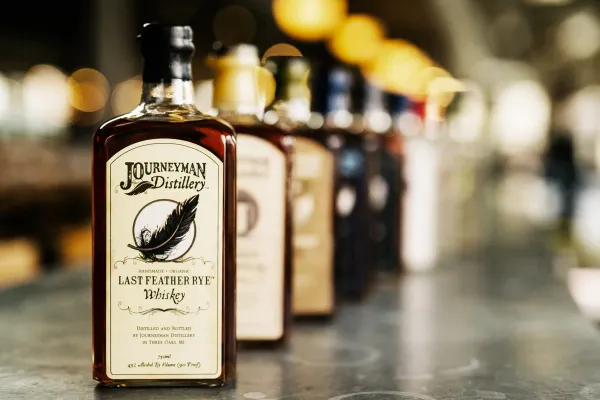What’s a Bourbon Mash Bill? The Recipe That Defines Your Drink

Decoding the Bourbon Mash Bill Mystery
Every bourbon starts with a mash bill, but what is it, and why does it matter? This grain recipe is the blueprint for flavor, setting the stage for every sip. Here’s your guide to understanding bourbon mash bills, how they work, and why they’re the key to unlocking your next favorite bottle.
The Basics of a Bourbon Mash Bill
A mash bill is the mix of grains used to make bourbon—corn, rye, wheat, and barley—ground into a flour called grist, per U.S. Code 27 CFR § 5.22. Bourbon requires at least 51% corn, but the rest varies. Corn adds sweetness, rye brings spice, wheat softens, and barley aids fermentation, per Whisky Advocate (2022). Distilleries like Jim Beam keep exact ratios secret, but Kentucky’s 2.6 million barrels in 2022 (Kentucky Distillers’ Association) show mash bills drive diversity.
How Mash Bills Shape Bourbon Flavor
High-corn mash bills (70-80%), like Maker’s Mark ($25, 70% corn, 16% wheat), yield vanilla and caramel—smooth at 90 proof, per Bourbon Culture (2022). High-rye recipes (20-35%), like Four Roses Single Barrel ($45, 35% rye), deliver pepper and cherry—gold at 2022 SFWSC, per Breaking Bourbon (2022). Wheated bourbons, like Old Fitzgerald ($40, 20% wheat), lean creamy—silver at 2023 IWSC, per The Whiskey Wash (2021). Barley boosts enzymes, usually 5-10%, per The Spirits Business (2021).
The Mash Bill Process in Action
Grains are milled, mixed with water, and cooked—corn at 200°F, rye at 170°F—to release sugars, per Craft Spirits Magazine (2021). Yeast ferments this mash into a 8-10% ABV wash over 3-5 days—sour mash, used by 70% of bourbon makers (Kentucky Distillers’ Association, 2022), adds consistency. Distillation follows, but the mash bill sets the tone—Buffalo Trace ($25) balances corn and rye for caramel and spice, per Breaking Bourbon (2022).
Why Mash Bills Matter to Bourbon Fans
U.S. bourbon sales hit $5.3 billion in 2022 (Distilled Spirits Council), and mash bills fuel variety—high-rye grew 15% in demand, per The Spirits Business (2023). Knowing them helps you pick—spicy, sweet, or soft. Want to taste the mash bill magic? Check out NEAT: Whiskey Finder—it’ll help you track down the best bottles near you.





